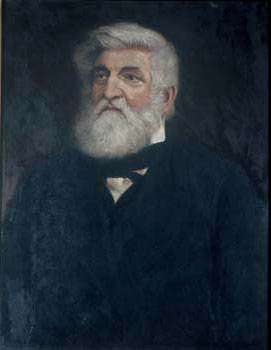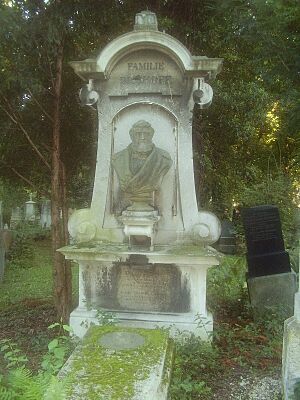Theodor Ludwig Wilhelm von Bischoff facts for kids
Theodor Ludwig Wilhelm von Bischoff (born October 28, 1807, in Hannover; died December 5, 1882, in Munich) was an important German doctor and scientist. He studied living things, especially how they develop.
A Life of Science
Theodor von Bischoff was a very dedicated scientist and teacher. He taught about how diseases affect the body at the University of Heidelberg from 1835 to 1843. Later, he became a professor at the University of Giessen and then at the University of Munich. At these universities, he taught about the human body (anatomy) and how it works (physiology). In 1843, he was chosen to be a member of the German Academy of Sciences, which is a big honor for scientists.
Studying How Life Begins
His most important work was in a field called embryology. This is the study of how living things develop from a single cell into a complete animal. Theodor von Bischoff wrote four detailed books about how the eggs of mammals grow. He studied different animals, including rabbits (in 1842), dogs (in 1845), guinea pigs (in 1852), and roe deer (in 1854). His research helped us understand a lot about how baby animals grow inside their mothers.
He also did some other research, like studying how animals use food for energy. He also looked at the anatomy of the skull and brain. In 1878, he was made a foreign member of the Royal Netherlands Academy of Arts and Sciences. This showed how respected he was around the world.
What He Wrote About
Theodor von Bischoff wrote many books and papers about his scientific discoveries. Here are some of the main topics he covered:
- He wrote about the coverings of a human baby before it is born.
- He published books on how mammals and humans develop.
- His detailed studies on the development of eggs in rabbits, dogs, guinea pigs, and roe deer were very important.
- He also explored the folds and curves of the human brain. He compared them to how brains develop in babies and how they look in monkeys.
- Interestingly, he also wrote a book in 1872 about women studying and practicing medicine.



